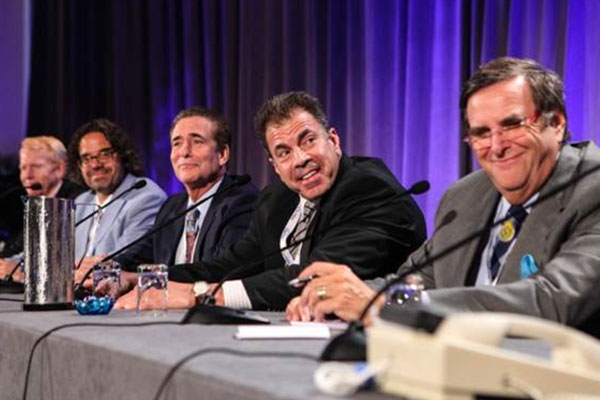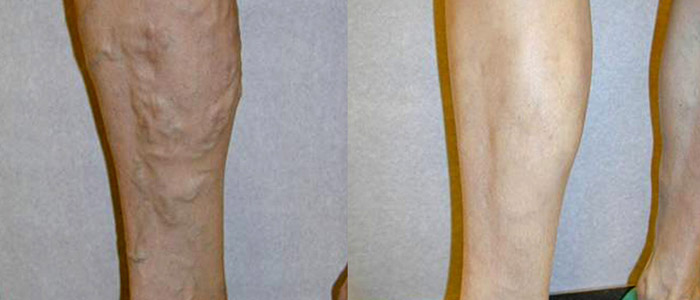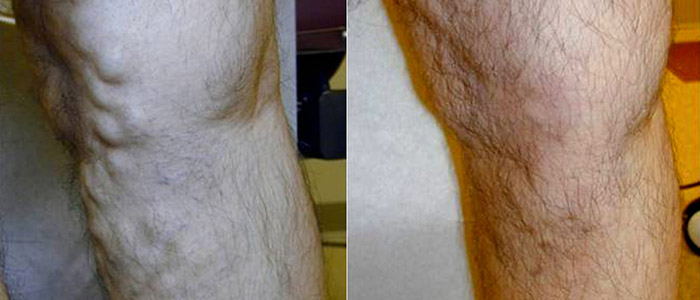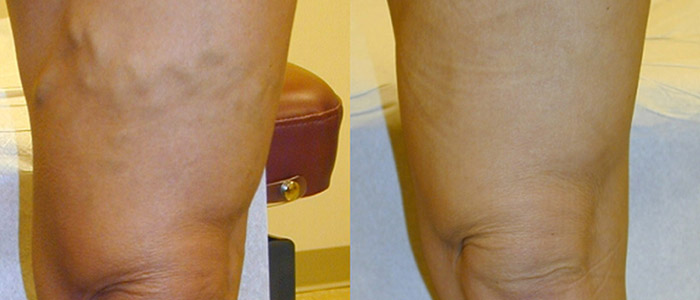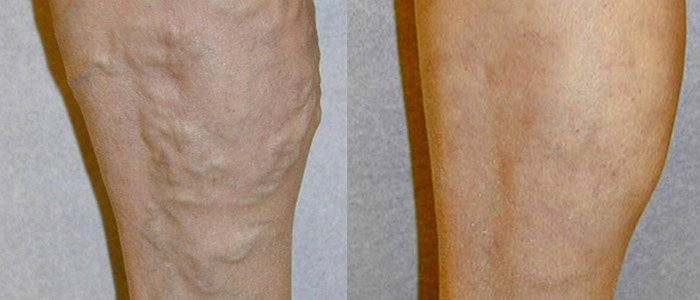Highlights from the 38th Annual VEITHsymposium
This past November, I attended and presented at the 38th annual VEITHsymposium. The symposium is a five day event filled with the world’s leading vascular specialists presenting and educating others on the most current methods of diagnosing and treating patients who suffer from vascular disease. With vascular disease being a leading cause of death and disability for a large percentage of Americans, treating these patients effectively is an important initiative. It was encouraging to see that Venous and Endovenous Diagnosis and Treatment topics monopolized the opening day for the sixth consecutive year. Of the 57 talks given by 41 speakers, topics ranged from the basic anatomy to more advanced discussions, such as Chronic CerebroSpinal Venous Insufficiency: Is This a Real Syndrome? There were two very intriguing debates.
The first was whether Hypercoaguable Testing is Needed in Most Cases and the second was We Should Treat Calf Vein DVT with Standard Anticoagulation. A fellow member of American Venous Forum and the American College of Phlebology (ACP), Dr. Jose Almeida, opened the session with a look forward to new therapies being tested and discussed for the treatment of venous disease in the future. Some of the new therapies discussed include those that don’t require tumescent anesthesia such as glue, foam sclerotherapy, and pharmacomechanical treatments. He also highlighted deep venous pathology with a focus on venous outflow obstruction, intravascular ultrasound, and stents.
Dr. Mauriello, President of the ACP, lectured on the significance of venous anatomy knowledge in order to avoid injury to the saphenous, sural, or peroneal nerves while performing vein ablation or other venous treatments. This highlights the significance of selecting a certified and qualified vascular surgeon to diagnose and treat a venous or vascular condition. I have been evaluating treatment for Endothermal Heat Induced Thrombosis (EHIT2) post ablation, and am still undecided on whether or not anticoagulation is necessary. I will continue to gather more data and to work with my peers to determine the best method of treatment. It is apparent that more data is needed to ensure the best standard of care based on the fact that 50% of the audience in attendance did anticoagulate with EHIT2 and 50% did not. I also presented a conclusion from my recent pilot studies that both wavelength of a laser and non-contact fibers are important factors in postoperative recovery. There was also a significant amount of time spent on discussions of treating and diagnosing deep vein thrombosis (DVT).
Momentum is gaining in new pharmacomechanical treatments for acute DVT, though there do appear to be some device limitations for now. Overall, the VEITHsymposium remains one of the leading conferences for the discussion and progression of treatment for venous disease, and I am proud to have been a part of the faculty once again.

